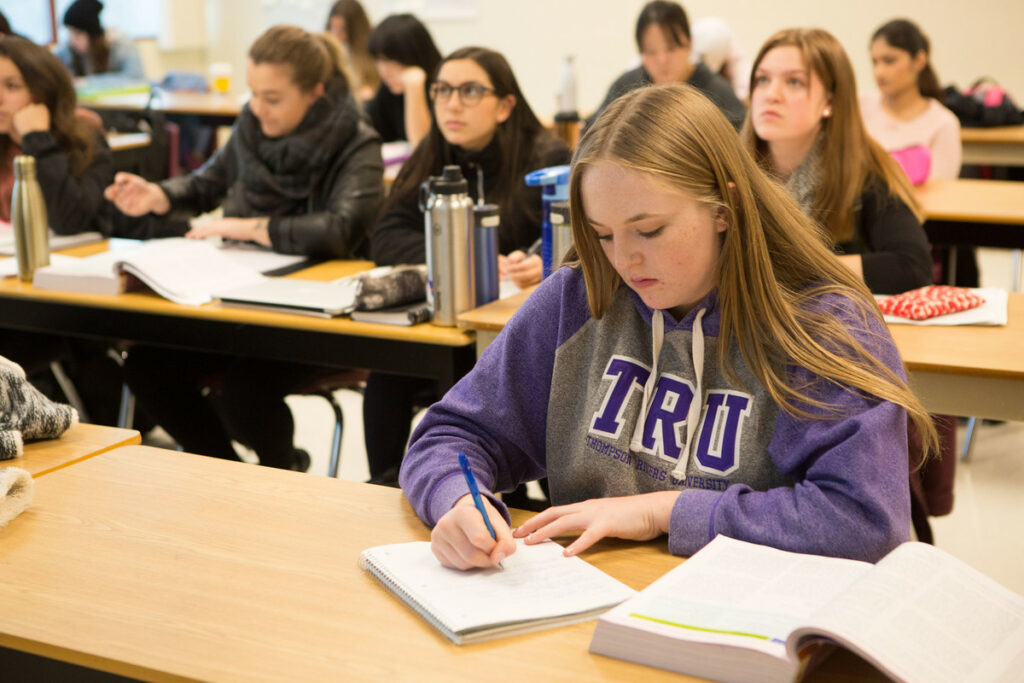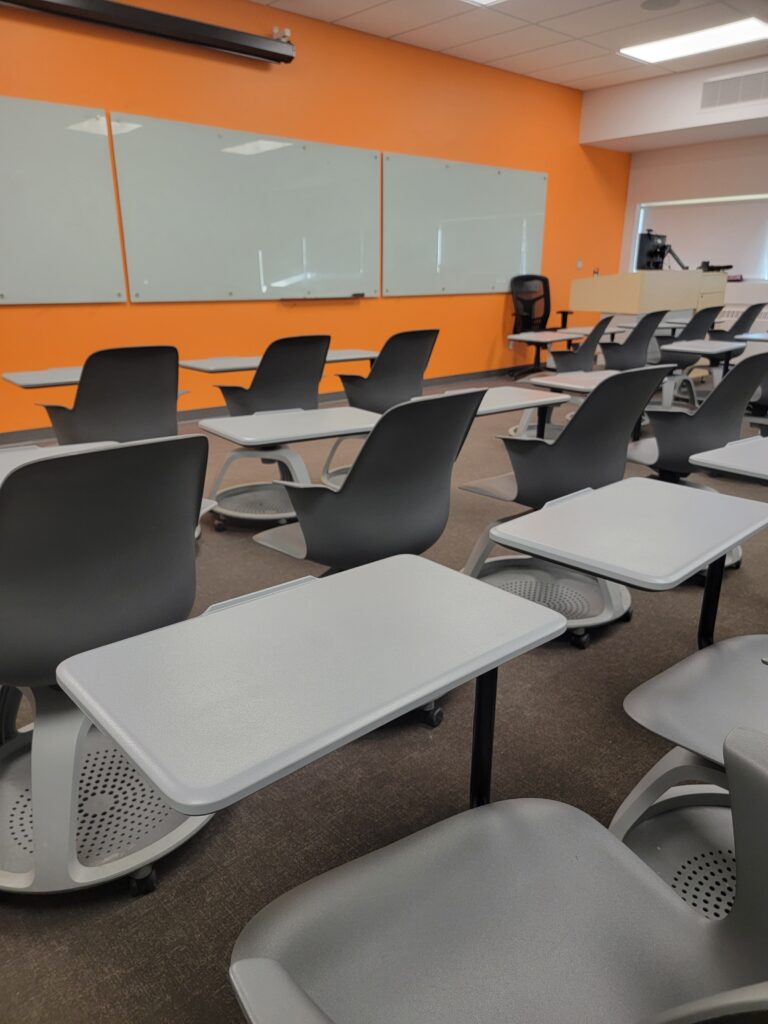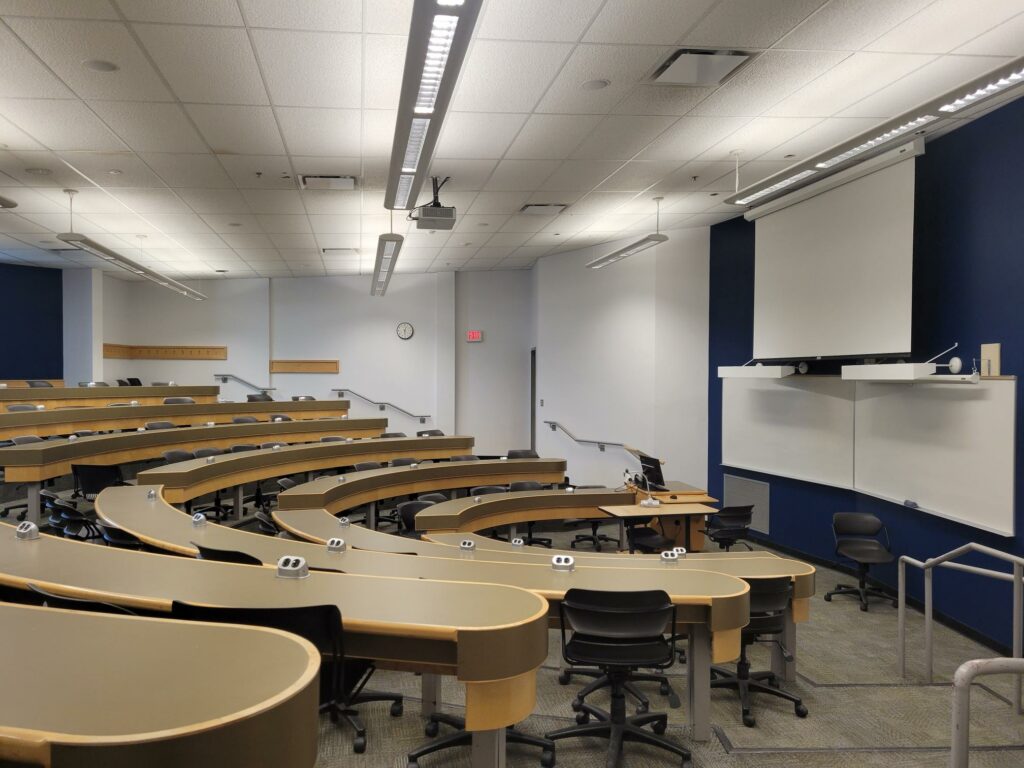
So, what does a typical class look like at TRU? What time should I get to class? What should I bring? And how is the course going to be taught? These are all questions that went through my head before coming to TRU and I bet you’re wondering, too. Personally, I had no idea what to expect coming from high school, especially in terms of how classes would run. But now as a third-year student, I feel I have a pretty good handle on how classes run and how to get the most out of them.
Getting to Campus
Before classes even start, you have to think about your arrival to campus. This was one of my last thoughts, when it should have been my first. If you are coming from off-campus housing and have a car to park, I recommend looking at getting a parking pass for one of the lots at TRU. If you are on campus 5 days a week this is the best bang for your buck and saves so much time when you are running late to class.
In terms of timing to get to your class, make sure you add about 10 minutes to your commute to park and walk to class. Obviously, this depends on which parking lot you use and what building you’re headed to, but I usually add the extra 10 just to make sure I am not sprinting across campus.
What a lecture hall looks like
I have been in almost every kind of lecture hall on campus. Most of my classes are in Old Main, where the classrooms are smaller and have a ‘typical’ set up of desks and chairs. But I have also been in the International Building lecture halls and the House of Learning lecture hall that fits 300 students. I like that my classes have a mix of small classrooms and large lecture halls. I’m not going to lie, the small classrooms are easier to find a spot in and get comfortable but the large lecture halls feel like you are studying in a classic university setting (yeah, I like to romanticize my studies).


A “normal” class
In terms of what a normal class looks like, it depends on what you are studying. Being an arts student, most of my classes tend to be taught with a similar format, as far as the structure of class and how the content is taught, but other disciplines may be different.
The Beginning of Class
First, the professor usually introduces the class, if it is the first week, or briefly reviews the past week’s content. Then they typically ask if anyone has questions or comments before proceeding to that day’s specific content. This part is usually no longer than 20 minutes and it is a good way to get into that class’ headspace.
The Content
Next comes the content. Most of my professors teach with Power Point presentations. I enjoy this method because I can write down notes and add examples when they cover details that are not on the Power Point. In the next section, I’ll talk about how I do this in the most efficient way possible.
Interactive Media
If you are planning to take communications and journalism like me, some professors LOVE using interactive media. Just this past week I was in a fourth-year class playing Kahoot to review what we learnt. And in another class, the professor put up a polling system to answer their questions in case you didn’t want to raise your hand. These are some of my favourite things about my classes because they keep me interested and comfortable to engage with course content. Now, of course not every professor does this, but it is definitely a nice change from just lectures!
How I get the most out of my lectures
Now you know about how some classes are set up, but how do you get the most out of it when there is so much going on? Don’t worry I had troubles with this for the first year of university. I didn’t know how to take notes effectively, how I should take notes, and most importantly how to not miss anything.

After a lot of trial and error, I have come up with a few ways to get the most out of my lectures.
If the lecture is not posted online after class
- Take notes the quickest way you can (personally, this is typing)
- Take notes on what the professor says (sometimes how they say it will be clearer than the Power Point)
- After class, combine the lecture notes with the textbook notes
If the lecture is posted online after class
- Only write down what is extremely important off the slides (do not write it all down)
- Write down the professor’s examples
- Sit and listen – take it all in
- After class, pull up the Power Point/lecture and take detailed notes including the notes from class
Personally, these two methods have worked the best for me to get the best out of my classes. I know they seem like a lot of work, but it has allowed me to really absorb the content and do well on assignments. Of course, everyone has their own methods, but I hope you can take some of these tips and apply it to your studies!
Are you still wondering what a class at TRU looks like? Do you still have questions about TRU? Book a campus tour and see our beautiful campus and awesome facilities or book an appointment with a Future Student Advisor to ask all of your questions about how to become a TRU student!
TRU Future Student Ambassador, Arnica – Bachelor of Arts, “What Does a Typical TRU Class Look Like?“

